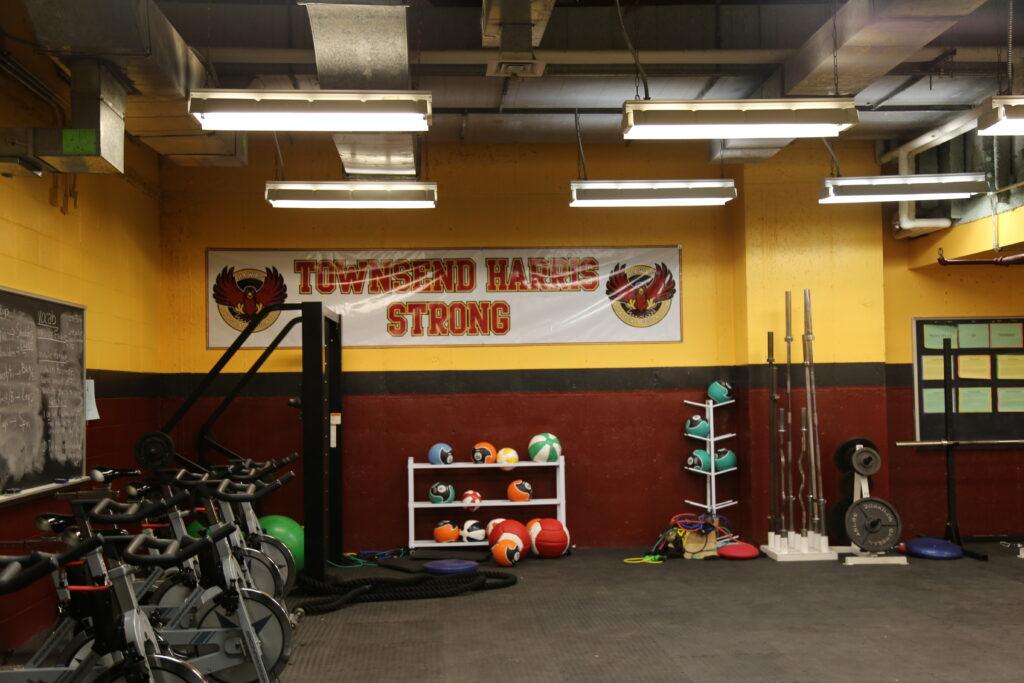
With students confined to their homes in the face of the COVID-19 pandemic, they must navigate an unfamiliar path that has failed to provide adequate time for physical activity. Due to the circumstances of online learning, students are no longer walking to bus stops or train stations, climbing flights of stairs, or even tying their shoes. These inconvenient yet essential aspects of our daily routine must be accounted for by the school through alternative methods. While daily Physical Education lessons are crucial providers of some of this required activity, this is a call to incorporate more movement at key periods throughout the day.
Besides the detriments of the physical activity deficit, the school shutdowns compounded by the transition to remote instruction have resulted in prolonged sitting and screen time. Leading a sedentary lifestyle can serve as a risk factor for various conditions including certain cancers, type 2 diabetes, cardiovascular and coronary diseases, hypertension, and obesity. Furthermore, those who are physically inactive are more likely to experience depressive symptoms and increased anxiety.
It is no secret that stress levels have skyrocketed for students who bear the emotional burden of an atypical school year. Engaging in physical activity, however, can be a solution to reduce this emerging problem. Exercising increases blood circulation and oxygenation, stimulating the release of growth factors in the brain and improving cognitive function. Routinely exercising reduces fatigue and increases brain activity, and therefore enhances mood and stress response. According to KQED Education, physical activity is indispensable to student welfare as it stimulates the growth of neurotransmitters and neurons that interact to ensure proper body and brain function. Aside from experiencing reduced stress and an elevated mood, exercising will allow one to engender a sense of accomplishment and pride.
To ensure student health and wellness, Townsend Harris staff and faculty should incorporate and encourage movement through online teaching. Despite the daily routine of a Physical Education class, a thirty-eight minute period does not compensate for the physical activity that students would sustain if conditions were normal. With classes following each other in succession throughout the day, students spend long hours on their computers and are unable to reap the benefits of physical activity. The shortened gym band exacerbates this problem, as it fails to suffice the recommended one hour of physical activity for adolescents. Additionally, students no longer receive access to the track and field, basketball court, and the fitness room, locations that comprised a significant portion of students’ physical routine prior to school closures.
In addition to the current physical education class, teachers can integrate skills taught in physical education into class lessons, reinforcing curricular concepts and simultaneously fostering physical fitness. Furthermore, to reduce sedentary behavior, teachers may facilitate movement breaks for just five minutes a day, allowing students to stretch their limbs and unwind. It is true that the school has a built in 20 minute break and mandates that each subject has one asynchronous date, however, the school needs to reinforce these breaks as any extra instruction or studying during these limited time slots often leaves students with little to no spare time to exercise.
Some may argue that allocating time for physical activity will disrupt standard school function due to the loss of time for students and teachers alike. This makes sense, given the limited time that they are faced with. However, there are studies that demonstrated that physical education and unstructured breaks improves academic performance as well as concentration, thus optimizing student efficiency when completing tasks. Moreover, although some students are confined to compact spaces, stationary exercises remain a possibility, providing a wide range of options for all students in spite of their circumstances.
Furthermore, the administration can implement an incentive-based approach that allows students to participate in various athletic events and select a charity in which students can fundraise for.
Along with helping students receive an ample amount of exercise, it can also benefit teachers as it enables them to motivate their students to get out of their comfort zones and start moving.
The shock of the COVID-19 pandemic has brought about extraordinary challenges and harsh realities for students that schools must address through the reinvention of pre-pandemic physical routine levels. The unprecedented school closures coupled with the anomalous learning system is a recipe for disaster that has taken a mental and physical toll on students. As a result, for the holistic well being of students, levels of physical activity must be increased. The health of students depends on the leadership and resilience of parents, teachers, and the administration. As a community, we must prioritize student health and implement changes within the school system to ensure an engaging and effective learning environment for everyone.
Photo by Katrina Dydzuhn





























